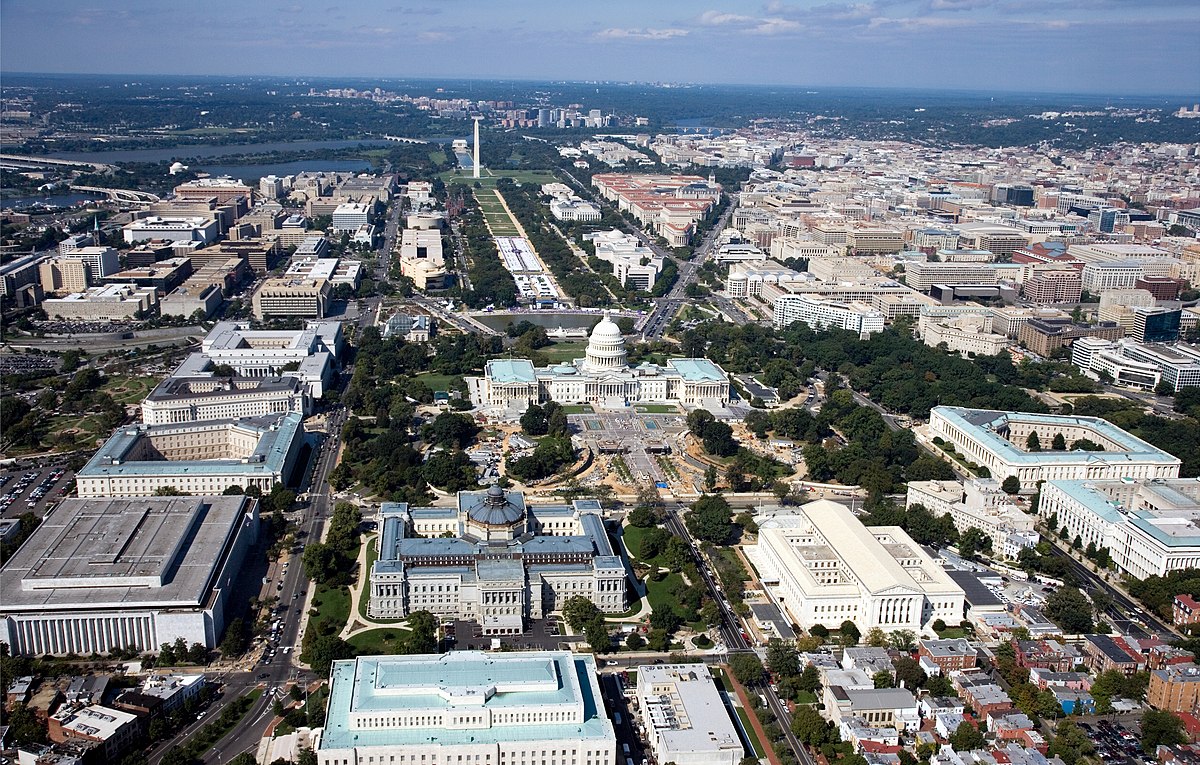Christopher Lynn | Staff Writer
The LAPD, known for their “shoot first” mentality, shot and wounded three innocent people in their quest for Chris Dorner. Instead of routine traffic stops, the LAPD opened fire at anybody driving a pickup truck resembling Dorner’s. While Dorner drove a blue Nissan Titan, someone driving a blue Toyota Tacoma and a black Honda pickup were shot at. The LAPD offered a $1 million for the apprehension of Dorner alive, while they shot at every moving pickup truck.
Those familiar with the history of the LAPD knows that their recent antics involving Dorner are nothing new. The LAPD’s most renowned leader, William H. Parker, has been called, “Los Angeles’ greatest and most controversial chief of police.” Parker began his role as police chief on Aug. 9, 1950, revolutionizing the LAPD into the most infamous law enforcement agency in the world.
Los Angeles, unlike the South, didn’t have the absolute de jure segregation (separation by law), but it did enforce strict racial policies that banned African Americans and other minorities from renting and buying in specific areas years after the Supreme Court ruled them illegal in 1948.
The catchphrase “getting caught on the wrong side of town” originated in Los Angeles because of this. Parker’s eagerness to carry out traditional racial borders that prohibited African Americans from going too far out of their neighborhood, superseded his desire to carryout the actual laws of the land.
This legacy of corruption has trickled down to present day LAPD enforcement. This corruption is not only expressed to civilians, but also within the department.
Sgt. Wayne K. Guillary, a member of the LAPD, placed a letter of “personal appeal” on the Los Angeles Urban Policy Roundtable website. Guillary expressed his growing concerns about racism in the department saying,“There’s still much work to be done. Some may say that nothing has changed with the leadership in the LAPD. Trust me I have been in the fight with the organization regarding social and racial injustice within the LAPD. Currently, I am the only outspoken African American within the organization that possesses the moral courage to confront and ask questions unflinchingly about race, racism and discrimination in the LAPD. Yet still, I have paid a humiliating price inside the LAPD for preserving and believing in the importance of ‘I have a Dream.’”
Joe Jones, a former LAPD officer, constructed a “manifesto,” similar to that of Dorner, reinforcing allegations of racism, saying “I understand why he snapped.”
Jones told a story of his worst experience at the department. In the early 1990s, just getting off-duty, he walked to his car in West Hollywood. It was parked near a red curb when a sheriff’s deputy approached him. He pulled out his LAPD ID to signify, “I’m not an issue for you,” but the deputy’s reply was to “prone me out” at gunpoint.
With such racial injustice programmed into its procedures, even within its own department, the LAPD is doomed to implode. As the old saying goes, a house is only as strong as its foundation.







